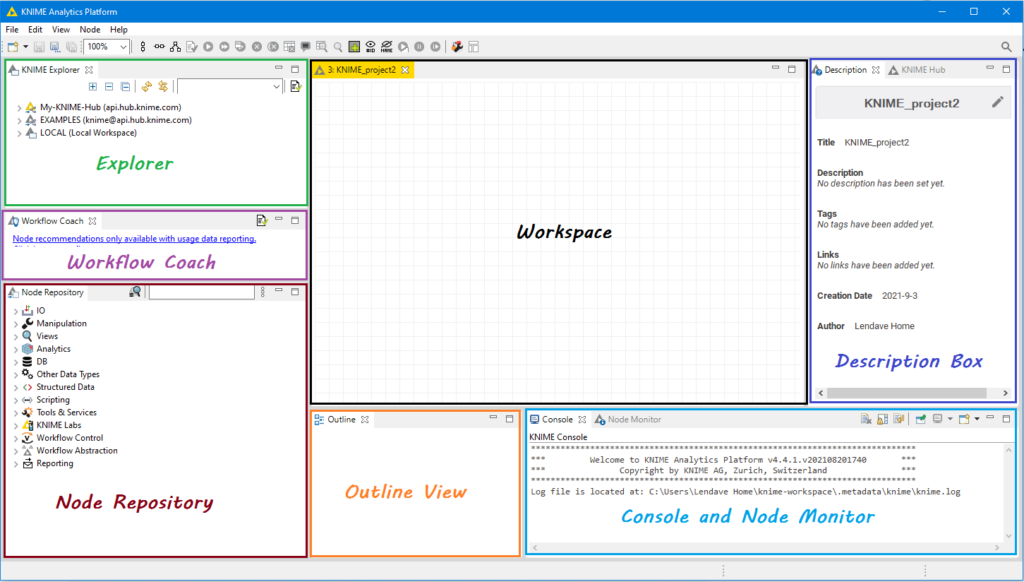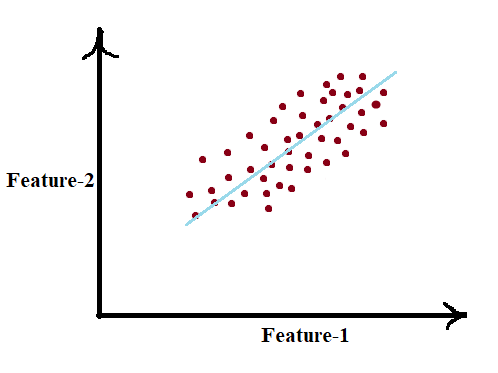Author Archives: Vijaysinh Lendave - Page 16


KNIME stands for Konstanz Information Miner which was developed at the Konstanz University, Germany in 2004. It is open-source software written in Java. KNIME relies on predefined components called Nodes for building and executing the workflow.
The post Guide To KNIME – A GUI Way of Data Science appeared first on Analytics India Magazine.


The first-hand data is usually messy and comes from different sources and distributions. To feed them into the machine learning model they need to be standardized and cleaned up.
The post Tour to All The Useful Processing Steps on Image Data appeared first on Analytics India Magazine.
On the other hand, online learning is a combination of different techniques of ML where data arrives in sequential order and the learner (algorithm/model) aims to learn and update the best predictor for future data at every step.
The post Beginner’s Guide to Online Machine Learning appeared first on Analytics India Magazine.


In our daily routine, we unknowingly perfectly transfer the knowledge of some activity or task to the related one. Whenever we come across a new problem statement or task, first we recognize it and try to apply the relevant experience which results in hassle-free completion of the task.
The post A Comparison of 4 Popular Transfer Learning Models appeared first on Analytics India Magazine.


In the era of Data Science where knowledge of programming languages like Python and R is essential to implement the fundamental algorithms and techniques related to Machine learning and Data analytics.
The post Beginner’s Guide to WEKA – A Tool for ML and Analytics appeared first on Analytics India Magazine.


Long Short Term Memory in short LSTM is a special kind of RNN capable of learning long term sequences. They were introduced by Schmidhuber and Hochreiter in 1997. It is explicitly designed to avoid long term dependency problems. Remembering the long sequences for a long period of time is its way of working.
The post LSTM Vs GRU in Recurrent Neural Network: A Comparative Study appeared first on Analytics India Magazine.


To fill the gap between Source data (train data) and Target data (Test data) a concept called domain adaptation is used. It is the ability to apply an algorithm that is trained on one or more source domains to a different target domain.
The post Understanding Direct Domain Adaptation in Deep Learning appeared first on Analytics India Magazine.


Background subtraction is a widely used approach to detect moving objects in a sequence of frames from static cameras. The base in this approach is that of detecting moving objects from the difference between the current frame and reference frame, which is often called ‘Background Image’ or ‘Background Model’.
The post Using Background Subtraction Methods in Image Processing appeared first on Analytics India Magazine.


The Principal Component Analysis is a popular unsupervised learning algorithm that is widely known for dimensionality reduction. It increases the interpretability and also reduces the loss of information while reducing the dimensionality.
The post Detecting Orientation of Objects in Image using PCA and OpenCV appeared first on Analytics India Magazine.


Before 2015 when the first attention model was proposed, machine translation was based on the simple encoder-decoder model, a stack of RNN and LSTM layers. The encoder is used to process the entire sequence of input data into a context vector. This is expected to be a good summary of input data. The final stage of the encoder is the initial stage of the decoder.
The post Hands-on Guide to Effective Image Captioning Using Attention Mechanism appeared first on Analytics India Magazine.

